
Agriculture
February 23, 2024
Bridges to Prosperity Construction Manual
Read SolutionImplemented by
Bridges to Prosperity
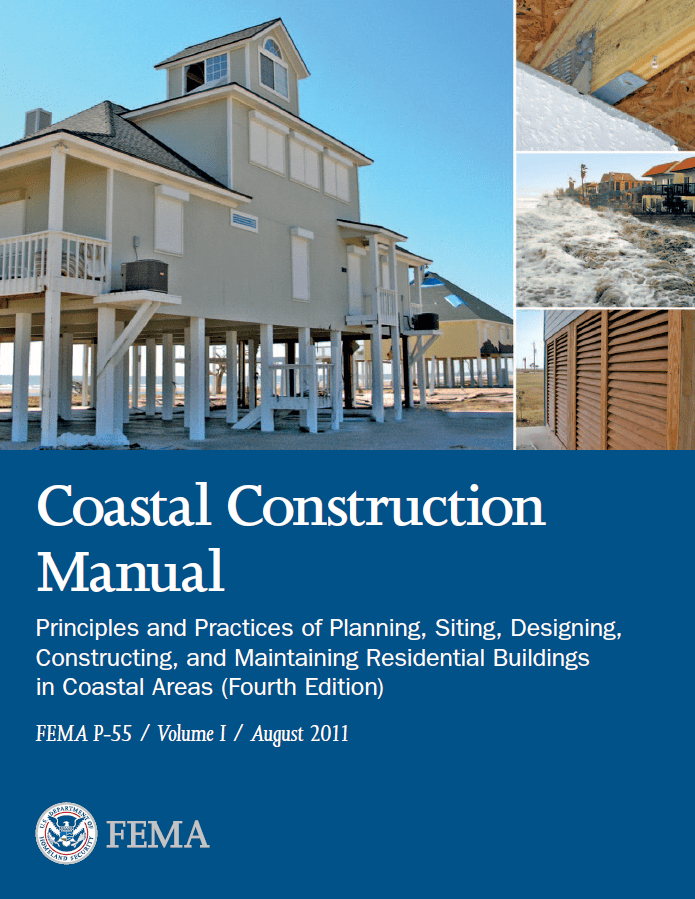
Updated on February 23, 2024
·Created on October 30, 2019
FEMA Coastal Construction Manual is a 2-volume publication that provides a comprehensive approach to planning, siting, designing, constructing, and maintaining homes in the coastal environment.
FEMA Coastal Construction Manual is a 2-volume publication that provides a comprehensive approach to planning, siting, designing, constructing, and maintaining homes in the coastal environment. Volume I provides information about hazard identification, siting decisions, regulatory requirements, economic implications, and risk management. The primary audience for Volume I is design professionals, officials, and those involved in the decision-making process. Volume II contains in-depth descriptions of design, construction, and maintenance practices that, when followed, will increase the durability of residential buildings in the harsh coastal environment and reduce economic losses associated with coastal natural disasters. The primary audience for Volume II is the design professional who is familiar with building codes and standards and; has a basic understanding of engineering principles.
Target SDGs
SDG 11: Sustainable Cities and Communities
SDG 13: Climate Action
Target Users (Target Impact Group)
Household, Small and Medium-sized Enterprises, Public Sector Agencies
Distributors / Implementing Organizations
Federal Emergency Management Agency (FEMA)

Agriculture
February 23, 2024
Implemented by
Bridges to Prosperity
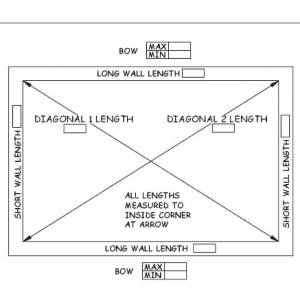
Agriculture
February 23, 2024
Implemented by
Habitat for Humanity

Agriculture
June 7, 2021
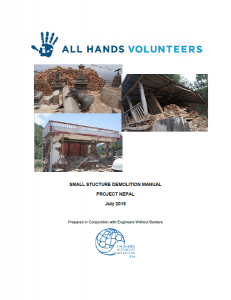
Agriculture
February 23, 2024
Implemented by
All Hands Volunteers (All Hands and Hearts)

Agriculture
February 20, 2024
Implemented by
UNICEF

Agriculture
February 21, 2024
Implemented by
Global Alliance for Disaster Risk Reduction & Resilience in the Education Sector
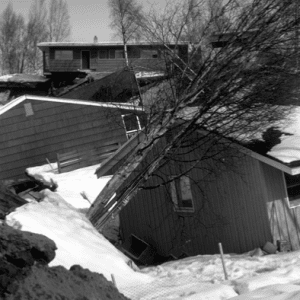
Agriculture
February 21, 2024
Implemented by
Federal Emergency Management Agency (FEMA)
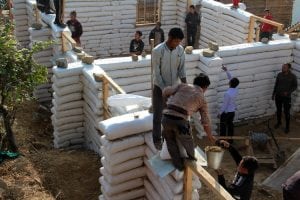
Agriculture
February 29, 2024
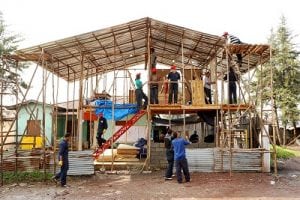
Agriculture
March 8, 2024

Agriculture
June 21, 2024
Have thoughts on how we can improve?
Give Us Feedback